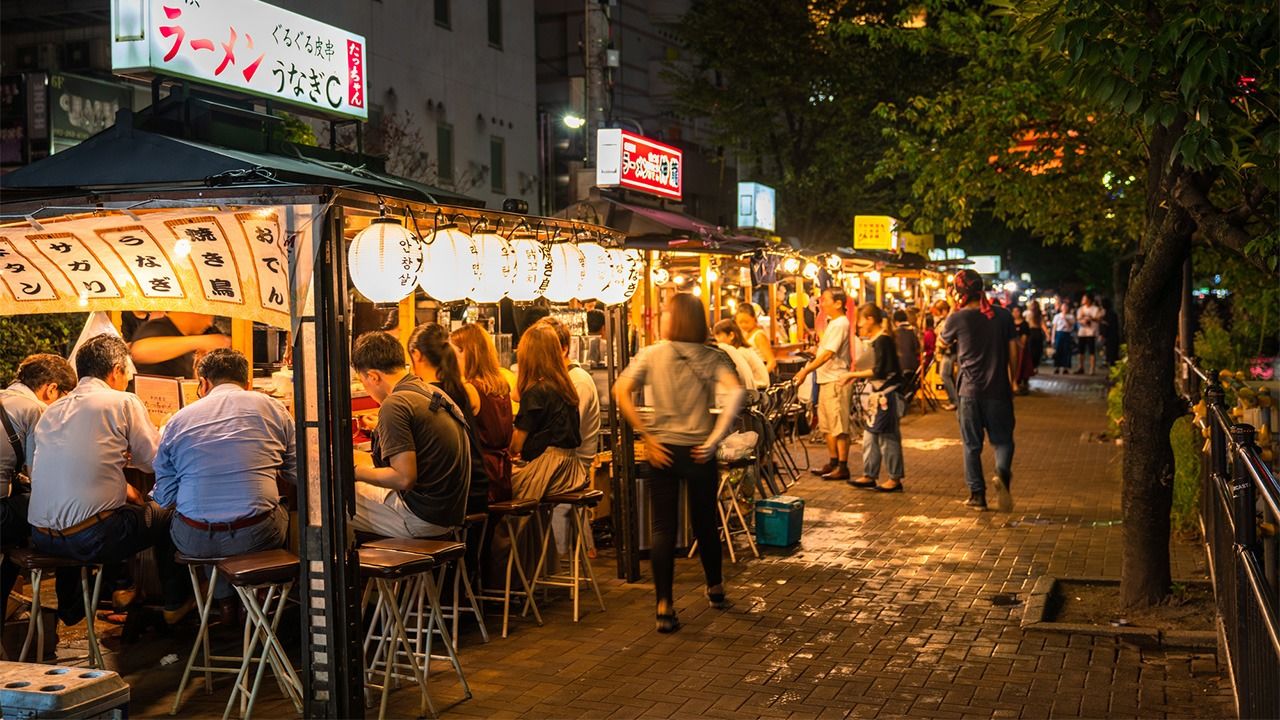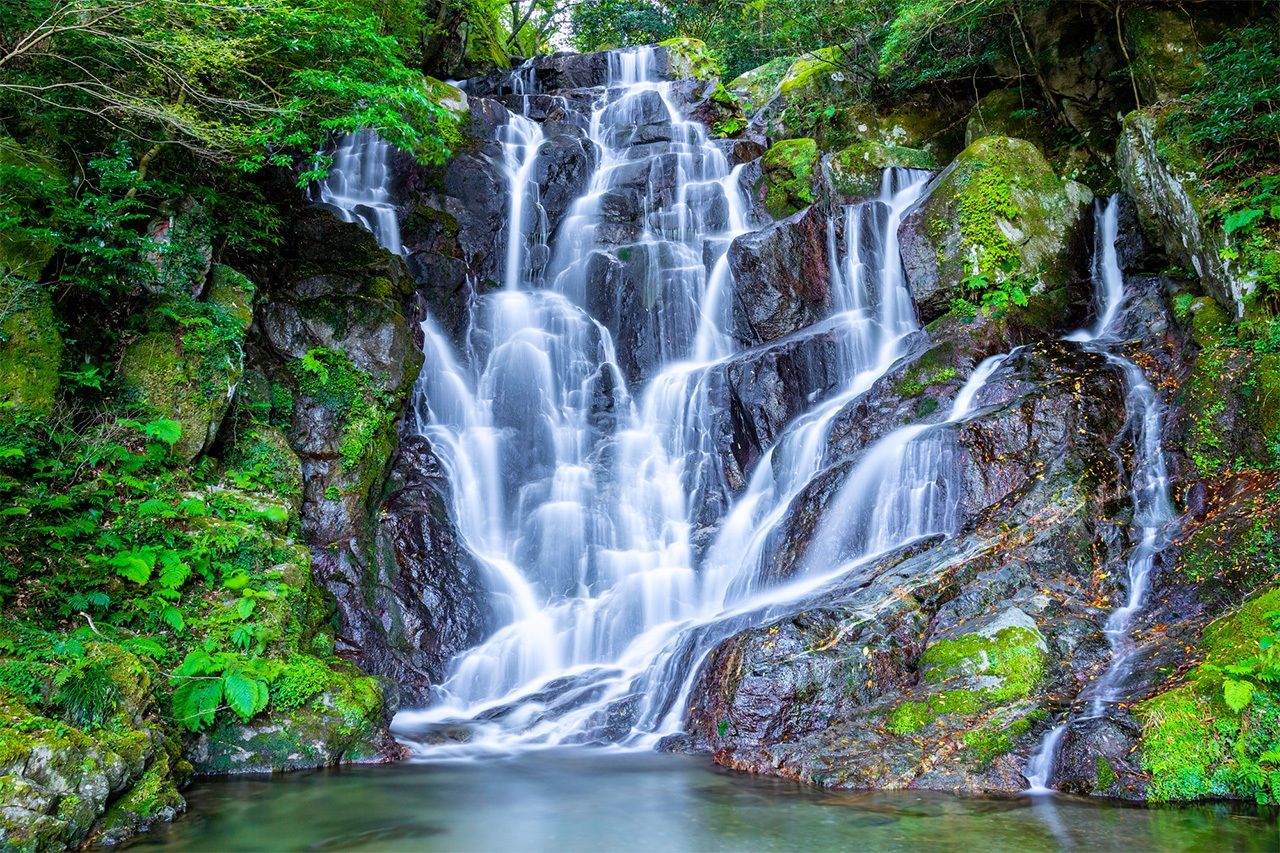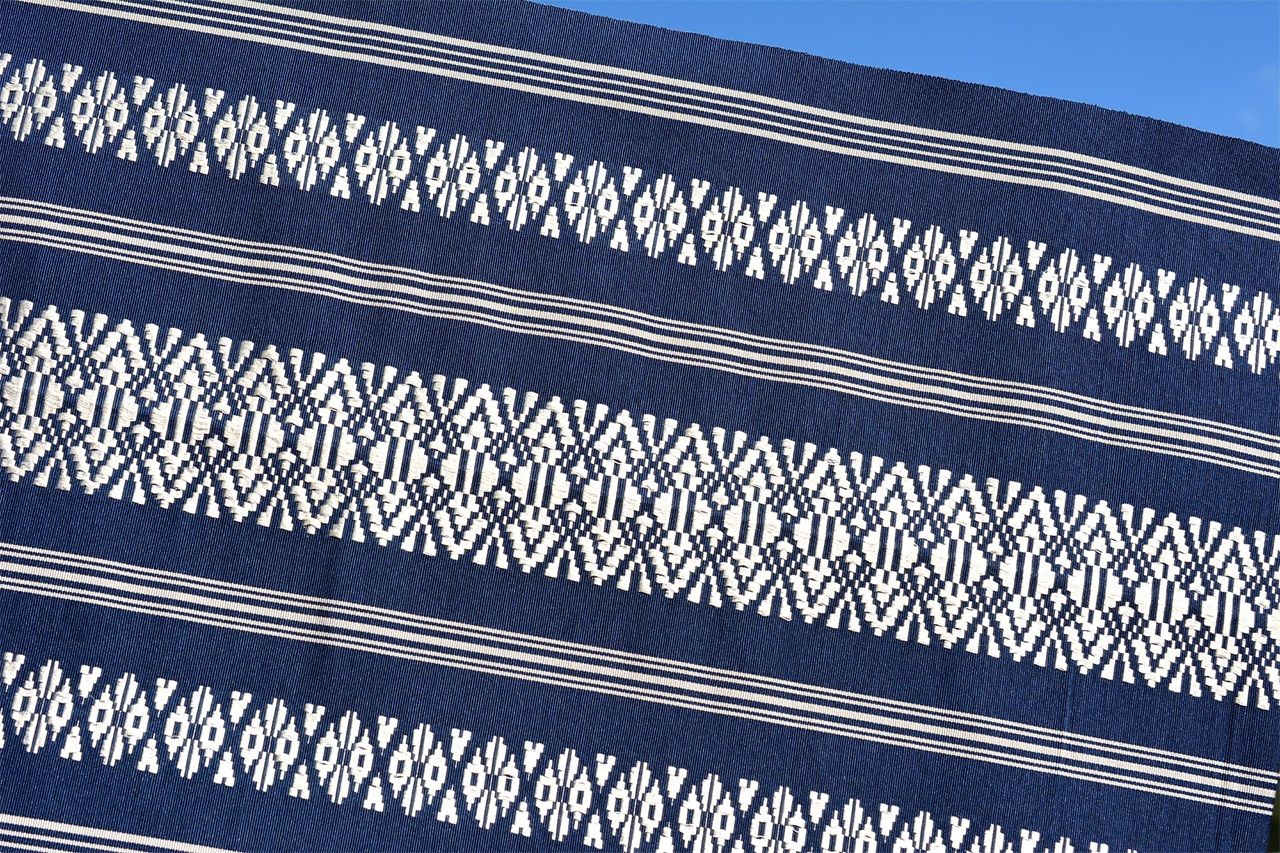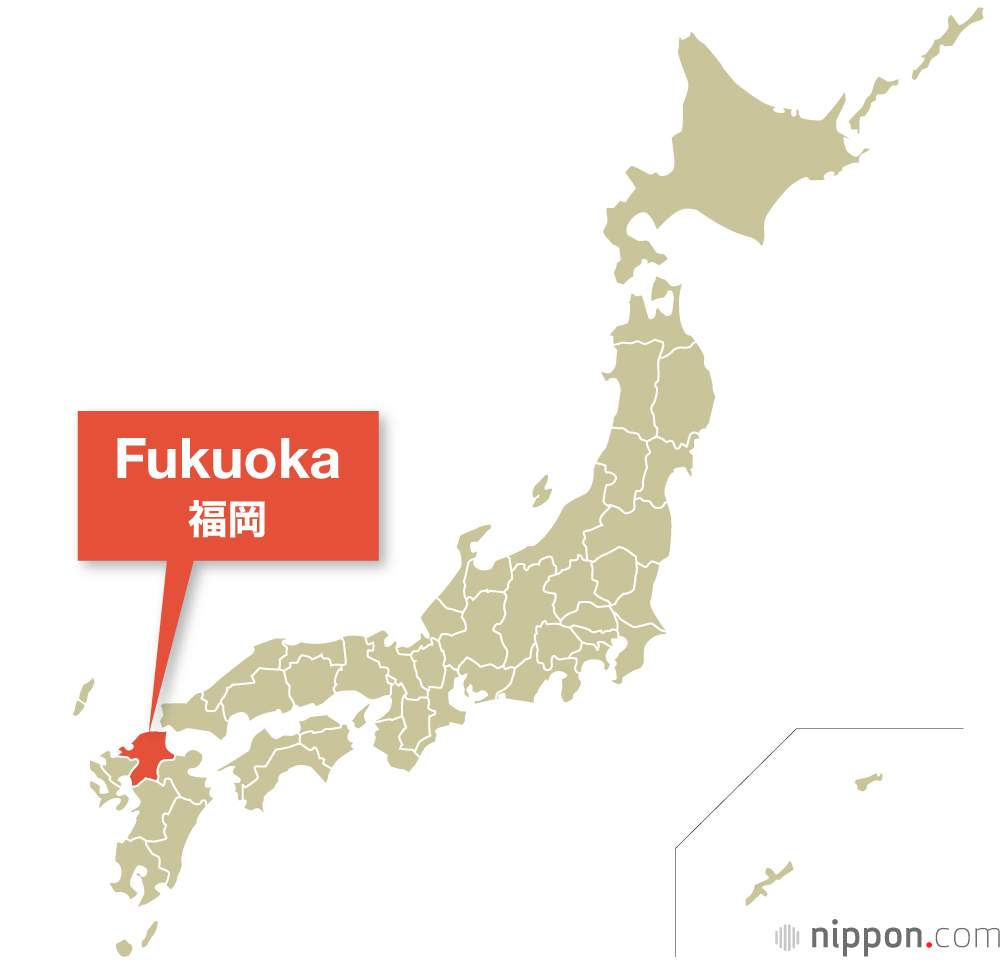
Fukuoka Prefecture
Guideto Japan
Culture History- English
- 日本語
- 简体字
- 繁體字
- Français
- Español
- العربية
- Русский
Fukuoka Prefecture is located in northeastern Kyūshū. It faces the Genkai Sea to the west, Seto Inland Sea to the northeast, and Ariake Sea to the south. It is connected to Honshū via a tunnel under and a bridge spanning the Kanmon Strait. The inland of the prefecture is a mixture of plains, mainly in the north and east, and mountainous areas, particularly in the east and south. Kitakyūshū and the capital of Fukuoka are industrial centers, with the latter’s proximity to mainland Asia long making it an important international hub.
Fukuoka Prefecture at a Glance
- Established in 1871 (formerly Buzen, Chikugo, and Chikuzen provinces)
- Capital: Fukuoka
- Population: 5,135,000 (as of Oct. 2020)
- Area: 4,987 km2
Fukuoka offers tourists a variety of natural, historical, and other sites to explore. The prefecture falls within the boundaries of Setonaikai National Park, which includes Mekari Park in Moji. The bustling capital of Fukuoka is famous for its rows of yatai (outdoor food stalls) and the raucous Hakata Gion Yamakasa festival, held in July. The former administrative center of Dazaifu is home to temples and the sprawling Tenmangū shrine. The Imperial Steel Works in Kitakyūshū is one of 23 facilities inscribed by UNESCO as symbolizing Japan’s industrial modernization during the Meiji era (1868–1912).

The picturesque Shiraito Falls is near the popular coastal resort of Itoshima in the northwest of the prefecture. (© Pixta)
Fukuoka is the economic center of western Japan and is a major hub of automobile-related industries. Other important manufacturing sectors include steel, chemicals, and a burgeoning biotechnology industry. The prefecture has a robust agricultural sector that produces staples like rice, along with a wide variety of fruits, vegetable, and garden plants. Fishing is also a core industry, including catches of sea bream and nori farmed in the Ariake Sea.

A kimono sash in the traditional Hakataori style of weaving. (© Pixta)
Famous Figures
- Matsumoto Seichō (1909–92): Prolific writer best known for his crime novels, including Ten to sen (trans. Points and Lines) and Suna no utsuwa (trans. Inspector Imanishi Investigates).
- Takakura Ken (1931–2014): Actor who gained fame in the 1960s as a star of yakuza films, and later earned international fame with appearances in Hollywood productions including Black Rain.
- Tani Ryōko (1975–): Judoka and politician. Won back-to-back Olympic gold medals in the extra-light-weight division in 2000 and 2004.
(Originally published in English. Banner photo: Yatai stalls line a street in the capital of Fukuoka. © Pixta.)
For the complete list of the country’s 47 prefectures, see “The Prefectures of Japan.”
